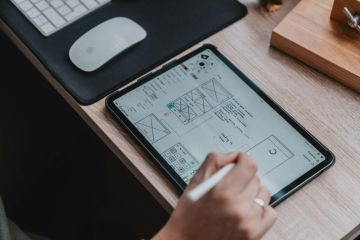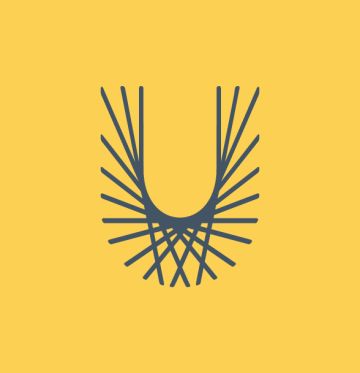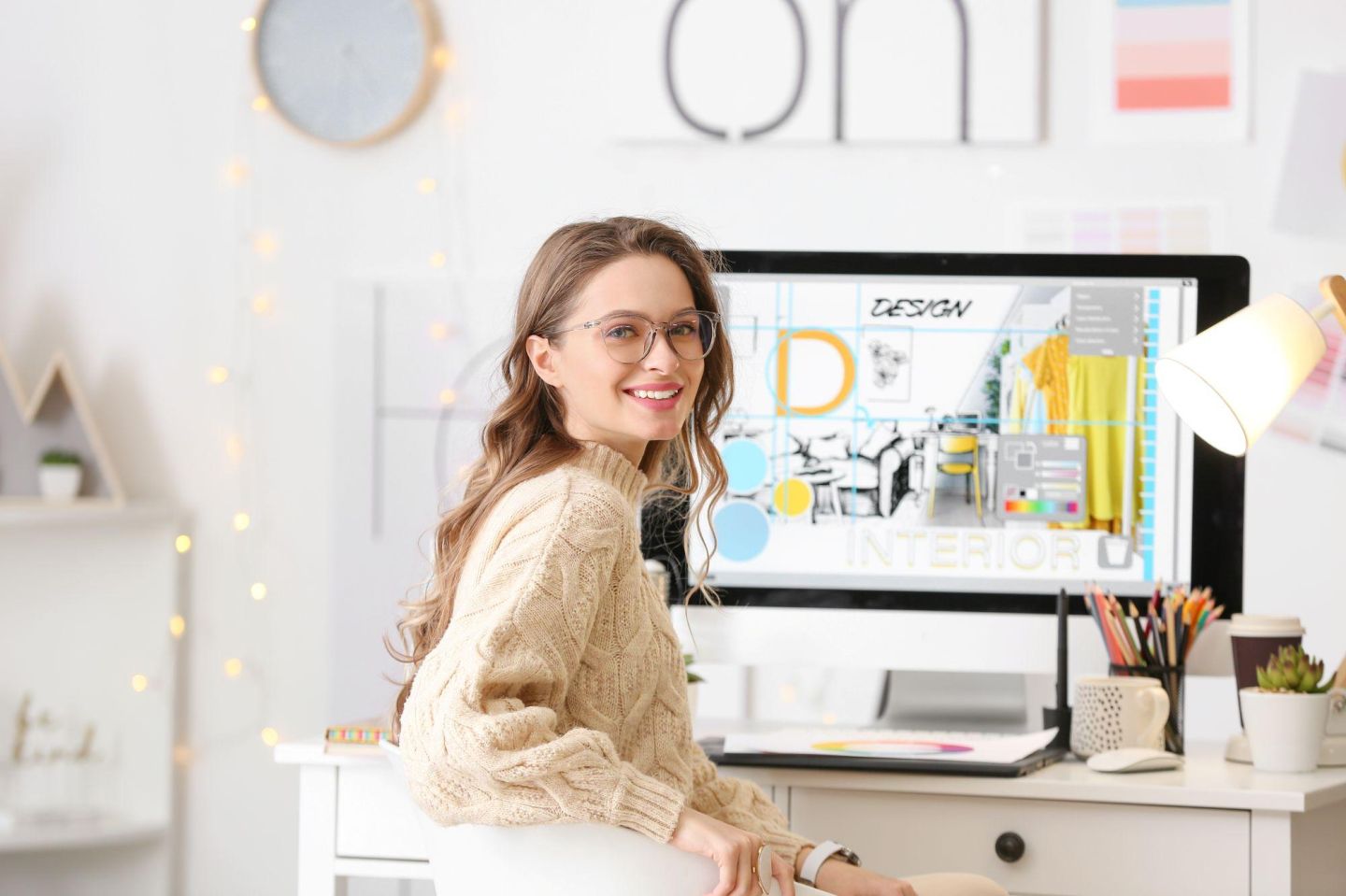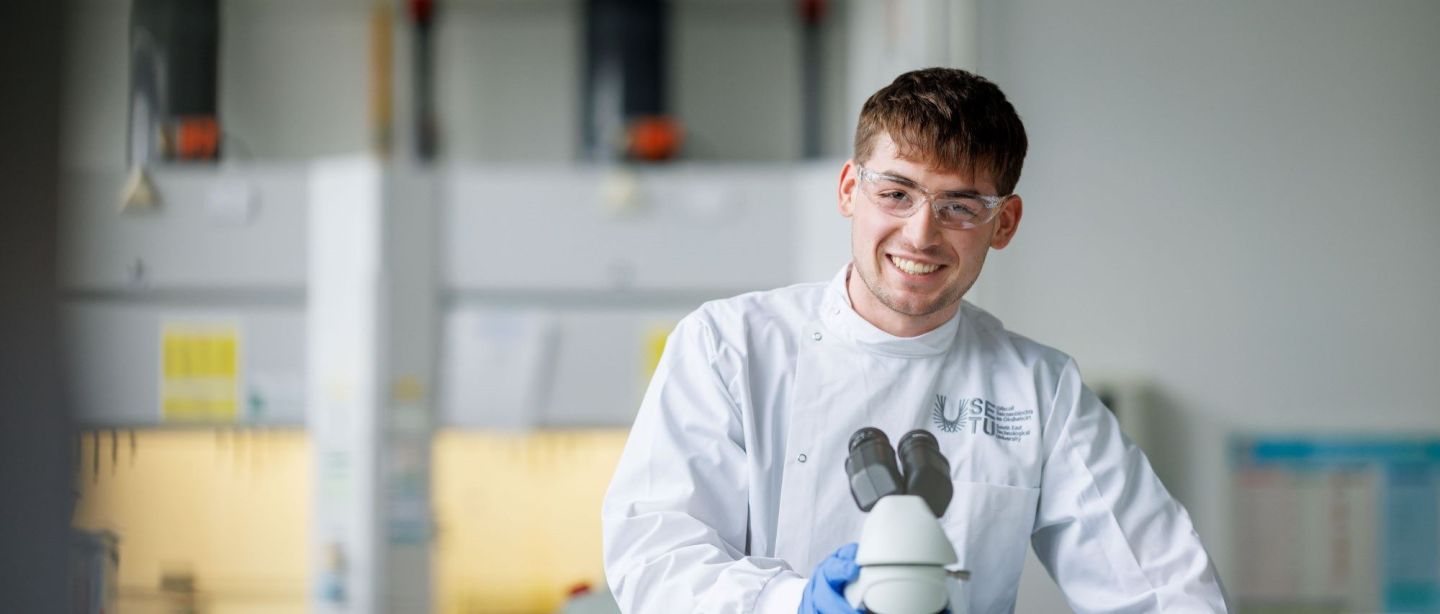
What is the Course about?
"Design is not just what it looks like and feels like. Design is how it works." -- Steve Jobs, co-founder of Apple, Inc.
Do you want to Design cool things that people need? Product designers work at the pre-engineering stage of new product development, identifying need and using their creativity, imagination and skills to design exciting solutions to meet that need. The great thing about being a product designer is that you are never limited because the range of products that we need is vast, everything from a safety pin to a jumbo jet. Think of all those products you use every day, mobile phones, headphones, sports equipment, cars, medical devices, apps and so much more.
Product design as a disciple sits between Art and Engineering where creativity is let loose to explore and invent new ways of doing things and then making them real. Be inspired by product designers like Ross Lovegrove, Dieter Rams, Neri Oxman, Hartmut Esslinger and Monika Mulder.
On the course you learn the skills of being a designer, sketching, model making/prototyping, creative problem solving, visual communication and working as part of a team. You will be using programmes like Solidworks, Photoshop, Illustrator, In Design and more. The skills of sketching and workshop form a central pillar of the programme and are an intrinsic part of the delivery over the four years.
This course was the first of its kind nationally and has 50+ years' experience in design education. We use studio-based education, a dedicated space where students work together on their designs and learn through making and doing. The student staff ratio is approx. 1:10 which means you get very high contact time with lecturers supporting and guiding you through your design development.
Course Structure
This is a four-year honours degree with the first two years being core, where you learn the skills and processes needed in Design. The course is project focused where you learn through doing. While supported by traditional lectures the majority of your time is working on projects in studio with individual and groups tutorials to guide your designs. It is 100% continuous assessment with no formal written exams.
having our dedicated studio is great, all my friends on other courses have to jump between lectures all day, we have our own studio where we go to work. We get to know our classmates and staff really well which makes learning about design fun Lisa Product Design Innovation Student
Year 3 offers the opportunity of work placement with exciting design companies or travelling to a European University to study design. The course also has strong links with industry and runs live projects with companies across the 4 years.
In the final year of the course, you get to design your own product from start to finish showing the skills you have learned and your readiness to become a product designer.
Is this course for you?
Do you like making and doing? Do you prefer the practical subjects in school? Do you like thinking visually? Do you like solving problems and interested in how things work? Do you like questioning why things are the way they are? Do you like being creative and coming up with new things?
Do you enjoy any of these subjects in school? Art, DCG, Technology, Engineering, Construction.
If so, then this course is for you.
I have always had an interest in understanding how things work and creating new things. I grew up playing with Lego and model assembly kits but would create my own designs instead of the intended model' Thomas Product Design innovation Student
Special Features:
- Facilities for students include customised studios and design offices; dedicated access to computing and industry standard design software, printing/plotting resources, multiple 3D modelling and rapid-prototyping solutions as well as traditional model workshop equipment, testing labs and finishing booths to demonstrate design proposals.
- Deep collaboration with industry partners across all years of the course to allow students to experience the design process in action.
- One semester work placement or study abroad option in year 3.
- SHOWCASE and exhibition of work occurs throughout the course allowing students to present their work to industry, commercial partners, agencies and the community.
- Exit award - Higher Certificate in Arts in Design (NFQ Level 6) after Year 2 and Bachelor of Arts in Design (NFQ Level 7) after Year 3.
- Graduates of Product Design Innovation at SETU, have membership in the IDI, Institute of Designers of Ireland.
Year 1
| Semester 1 | Semester 2 |
|---|---|
| Design Discourse (M) | Design Studio 1(Skills and Process) (M) |
| Digital Modelling and Materials (M) | Design Trends (M) |
| Digital Presentation (M) | Digital Communications (M) |
| Workshop Practice (M) | Digital Modelling and Process (M) |
| Ergonomics and Model Making (M) |
M is a mandatory subject - E is an elective subject
Year 2
| Semester 3 | Semester 4 |
|---|---|
| International Design Movements (E) | Personal and Commercial Visualisation (E) |
| Design for Manufacture (studio elective) (E) | Design Specification (E) |
| Brand Realisation (E) | Design, Theory, Methods and Application (E) |
| 3D Modelling (E) | Design Live Projects (Studio Elective) (E) |
| Working Prototypes (E) | Modelling for user validation (E) |
| Design Studio 2 (Design for Industry) (E) |
M is a mandatory subject - E is an elective subject
Year 3
| Semester 5 | Semester 6 |
|---|---|
| Data Visualisation (E) | Digital Publication (E) |
| 3D Rapid Prototyping (E) | Design Studio 3 (Industrial Design) (E) |
| Modelling Design Features (E) | Form and Specification (E) |
| Design, Culture and Society (E) | Surface Finishing and Detailing (E) |
| EDU + (academic) (E) | Academic Research Writing (E) |
| EDU (work Elective) (E) | Digital Publication (E) |
| Form and Specification (E) | |
| Surface Finishing and Detailing (E) | |
| Design Studio 3 (Artefact UX Design) (E) | |
| Academic Research Writing (E) |
M is a mandatory subject - E is an elective subject
Year 4
| Semester 7 | Semester 8 |
|---|---|
| Project Management (M) | Enterprise Development (M) |
| User Behaviour Research (M) | Design Studio 4 (Product Design) (M) |
| Branding and Exhibition (M) | |
| Thesis (M) |
M is a mandatory subject - E is an elective subject
What are the minimum entry requirements?
- 2 Subjects: H5
- 4 Subjects: O6/H7
- English or Irish: O6/H7
- Mathematics: O6/H7
In addition, the subject below while not required would be beneficial to the course.
- DCG
- Art
- Technology
- Construction
- Engineering
What follow-on study opportunities are available?
The course is structured to allow multiple pathways for students. With embedded exit awards at level 6 and 7, students can transfer to other disciplines of design internally in SETU or other universities to follow an alternative career path.
Graduates of the course, achieving an honours grade, qualify to undertake postgraduate studies in design. These include a Master of Arts in Interaction Design, research master's in industrial design or PhD research, as well as other post-graduate opportunities in Ireland and abroad.
What exemptions will I receive?
Transfer from another University: if you have accreditation from a university for previous years of study on a course with similar learning outcomes and approach, you can apply for exemptions in those years under recognition of prior learning. You will be asked to provide a portfolio of work so a decision on an appropriate level can be made.
Notes
International students are always welcome, and we offer 1 and 2 semester opportunities in Year 3 and 4. For more information please contact the programme director or the SETU international office.What will I be able to do when I finish the course?
Graduates of Product Design Innovation at SETU, have membership in the IDI, Institute of Designers of Ireland.
Our graduates are employed across a wide range of sectors, from services and manufacturing to hi-tech and pharmaceuticals. Specialisms include: product and industrial design consultancy; furniture and environmental design; visual communications; packaging and the print sectors; web; digital technologies and user-experience (UX).
The course is set up to provide graduates with the maximum opportunity to gain employment in multiple fields. The skills learned in design have been identified as the skills of the future and required by all industries. These transferable skills is what makes our graduate highly employable.
- Critical Thinking
- Work in Teams
- Creativity
- Complex Decision Making
- Problem Solving
Traditionally graduates of Product Design Innovation will get employment in 1 of 3 areas.
- In house Design - working as a designer for a company focusing on their product development. Some examples of where our graduates have worked for is Dyson, Motorola, Dell, Stryker, etc.
- Design Consultancy - working with a company of designers for multiple clients. Some examples of national consultancies our graduates have worked include Design Partners and Boxclever.
- Freelance Designer - the course also gives you the skills to set up you own company and offer your services as a designer. The fact that graduates are skilled in the design process also offers the opportunity to design and develop their own designs that they can sell on or develop a new company around.
However, our graduates, because of their skill sets, are also being sought after to work in fields like UX Design (User Experience), Medical Device design, Web and App development, environmental design, furniture design and more. They are also getting employment in non-traditional design areas because of the need for their skills.
Course Leader











